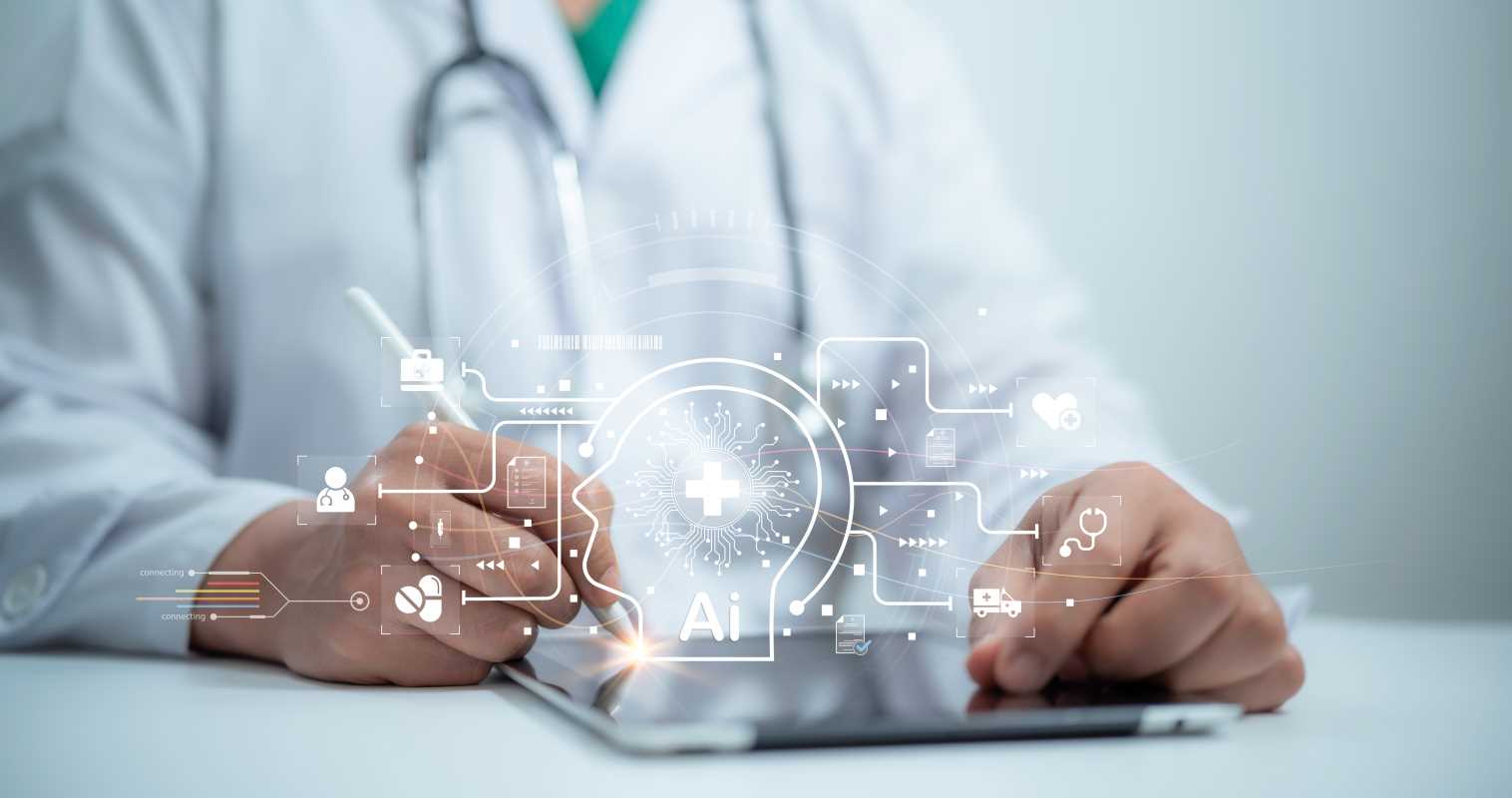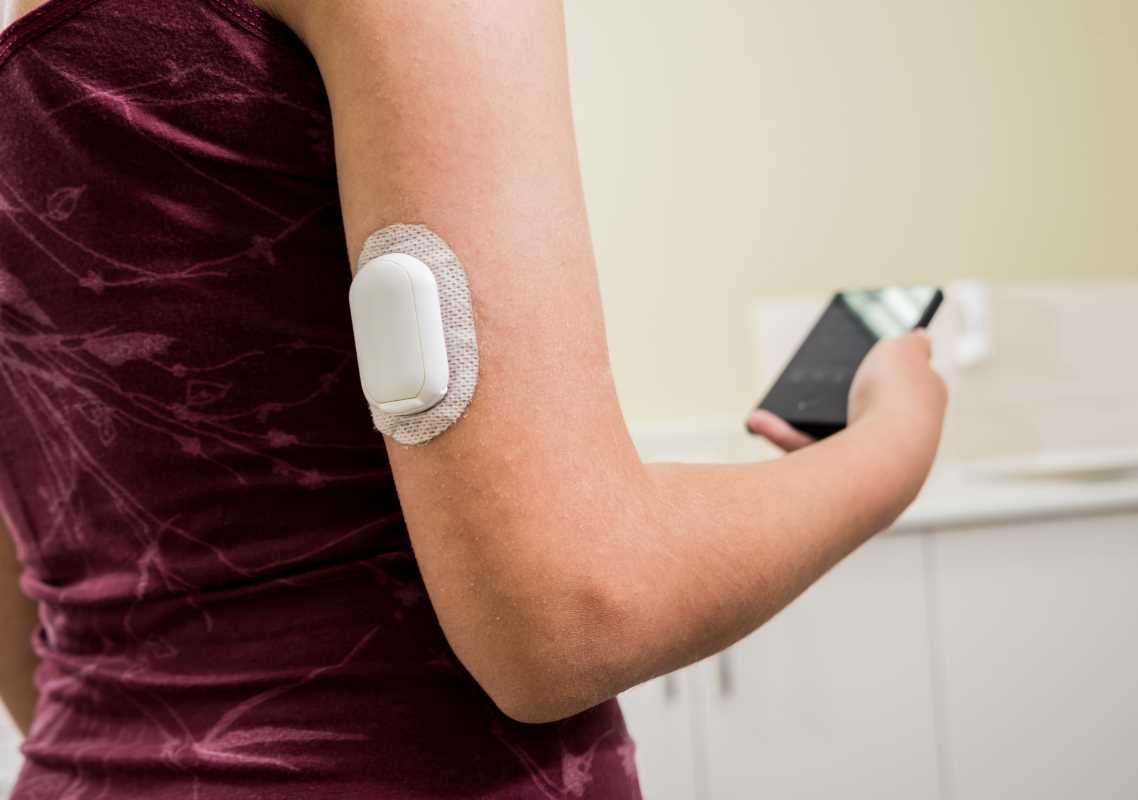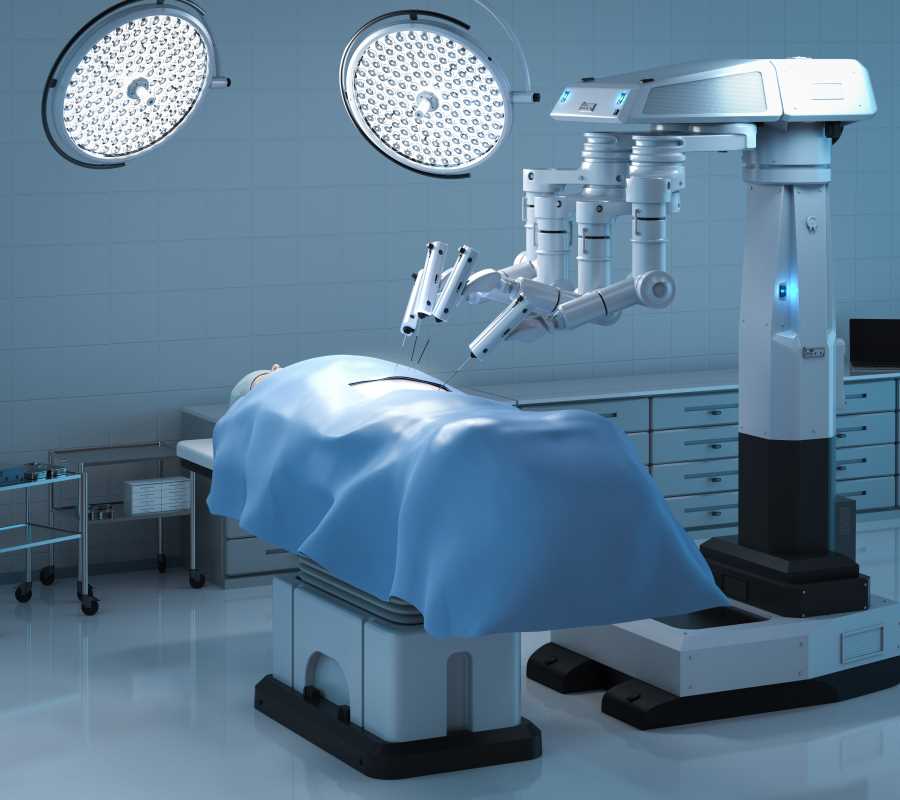Fertility treatments have transformed the lives of countless individuals, helping them achieve their dreams of parenthood. Recent advancements in technology have further revolutionized this field, making treatments more effective and precise. Cutting-edge tools for monitoring ovulation, improving embryo selection, and tailoring treatments are empowering both patients and specialists. These systems are enhancing the accuracy of diagnoses and personalizing care in ways that were unimaginable a few years ago. Here’s an in-depth look at some of the most impactful trends in fertility technology, focusing on how these tools are shaping the present landscape of reproductive health.
1. AI-Powered Embryo Selection
Artificial intelligence (AI) is playing a pivotal role in improving in vitro fertilization (IVF) success rates. Embryo selection often determines the outcome of IVF treatments, and until recently, decisions relied heavily on the judgment of embryologists. AI systems are changing this by analyzing embryos with incredible precision.
How It Works
AI analyzes images of embryos to assess their quality and predict their potential for implantation. By processing data from thousands of successful and unsuccessful IVF cycles, these algorithms can identify subtle characteristics that indicate a healthy embryo.
What Makes It Effective
AI removes the subjectivity from embryo selection, reducing human error and improving accuracy. Tools like the Life Whisperer platform analyze embryo images and assign scores based on health and viability. This technology checks that only the highest-quality embryos are selected, thereby increasing the likelihood of a successful pregnancy.
Benefits for Patients
Patients benefit from fewer failed cycles and reduced emotional and financial strain. With more accurate embryo grading, doctors can optimize the IVF process, requiring fewer procedures to achieve a successful outcome.
2. Wearable Ovulation Trackers
Tracking ovulation is essential for timing natural conception or fertility treatments like intrauterine insemination (IUI). Wearable devices with advanced sensors are taking ovulation monitoring to the next level. Unlike traditional methods like basal body temperature charts or ovulation predictor kits, these wearables provide more comprehensive and reliable insights.
Wearable Devices
- Ava Bracelet: Tracks multiple metrics, including temperature, pulse rate, and breathing, to predict ovulation windows.
- Tempdrop: A smart thermometer worn during sleep to track subtle temperature shifts, indicating ovulation.
Advantages Over Traditional Methods
Because these devices monitor multiple biomarkers continuously, they provide a detailed overview of hormonal changes. They can alert users to even the smallest shifts in their cycles, offering personalized insights. For patients with irregular cycles, wearable trackers provide a level of clarity that conventional methods cannot match.
Empowering Users
These devices empower users by giving them greater control over their fertility journeys. Comprehensive ovulation data enables real-time adjustments to treatment plans, leading to better outcomes.
3. Time-Lapse Imaging in IVF Labs
Time-lapse embryo imaging has become a standard technology in many leading fertility centers. It allows embryologists to observe how embryos develop without disturbing their growth environment.
How It Works
Incubators equipped with cameras capture thousands of images during the first few days of embryo development. These images are compiled into time-lapse videos that show every stage of cell division.
Why It’s Transformative
Traditional embryo assessments require removing embryos from their incubators for observation, potentially disrupting their environment. Time-lapse imaging eliminates this risk by offering continuous monitoring. This provides more detailed data on embryo health and development patterns.
Applications in IVF
Systems like the EmbryoScope help embryologists choose embryos with consistent and healthy growth patterns. Findings from time-lapse imaging play a key role in increasing implantation rates and improving IVF outcomes.
4. Genetic Screening Technologies
Advancements in genetic screening are offering insight into embryo health before implantation. These technologies are particularly helpful for individuals at risk of passing on genetic disorders or experiencing recurrent pregnancy loss.
Preimplantation Genetic Testing (PGT)
PGT involves analyzing embryos for chromosomal abnormalities or specific genetic conditions. Tools like next-generation sequencing (NGS) provide detailed data on embryo genetics, helping doctors select embryos with the best chance of resulting in a healthy pregnancy.
How It Helps
Correcting chromosomal abnormalities is a leading cause of failed IVF cycles and miscarriages. Genetic testing makes sure embryos implanted during IVF are free of these issues, significantly improving success rates.
Balancing Science and Ethics
These are effective, but these technologies have also raised ethical questions about selective embryo implantation. Clinics now emphasize the importance of using genetic screening responsibly, advising patients on ethical considerations during the process.
5. Hormone-Tracking Apps
Smartphone apps have become essential tools for tracking fertility-related hormone levels. Unlike wearables, these platforms integrate with lab results or at-home hormone tests, providing actionable data in real-time.
Apps for Hormone Tracking
- Proov App: Works with at-home hormone tests to confirm ovulation success and luteal phase health.
- Mira Fertility Monitor: Analyzes daily hormone data to predict ovulation and assess fertility windows.
Advantages of Hormone-Tracking Apps
These apps give users the ability to track issues like hormonal imbalances or abnormal cycles. Hormonal insights can alert users to problems that may require medical intervention, such as polycystic ovary syndrome (PCOS) or luteal phase deficiency.
Integration with Treatment Plans
Hormone-tracking apps are also used by fertility clinics to tailor protocols. Doctors may adjust medication dosages based on daily hormone readings, improving the efficiency of treatments.
6. Miniaturized Lab-on-a-Chip Devices
Lab-on-a-chip devices are compact tools that condense the functionality of a full medical laboratory into a tiny device. These systems are being applied in fertility medicine to simplify diagnostics and treatments.
Functionality
Some lab-on-a-chip devices test hormone levels, and others assess semen quality or analyze endometrial receptivity. Portable and fast, they eliminate the need for frequent lab visits.
Real-World Applications
- Q-POC Systems: Used for rapid hormone testing.
- Microfluidic Chips: Simplify semen analysis by mimicking natural sperm selection processes, improving success rates during IUI and IVF procedures.
Improving Accessibility
These devices make advanced fertility diagnostics available in remote areas, expanding access to care for underserved communities.
7. AI in Fertility Planning
Artificial intelligence isn’t only helping inside the laboratory. It’s becoming a key player in personalized fertility planning. Apps and platforms use AI to analyze personal health data, predict cycles, and suggest treatments.
Specific Tools
Platforms like Kindbody’s AI solution combine menstrual, ovulation, and hormone data to provide tailored recommendations for fertility care.
Benefits for Patients
By analyzing health trends, AI platforms help patients choose the best timing for conception or fertility procedures, giving them more confidence and clarity throughout the process.
 (Image via
(Image via





